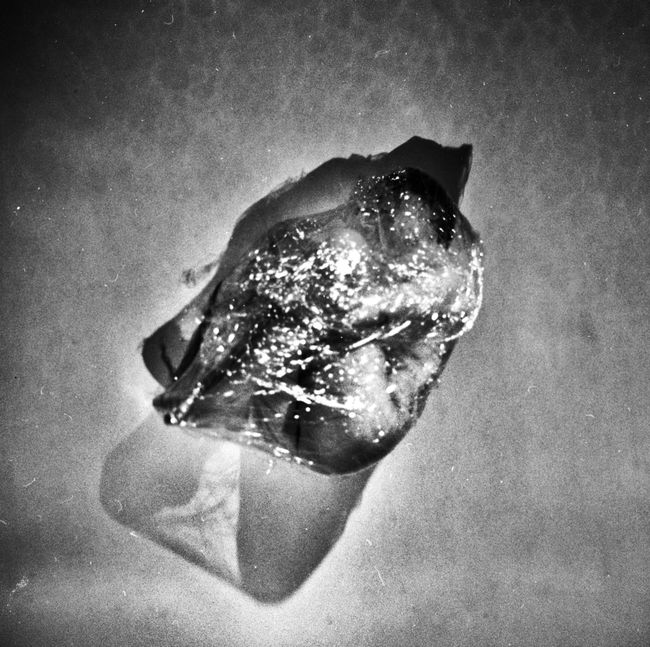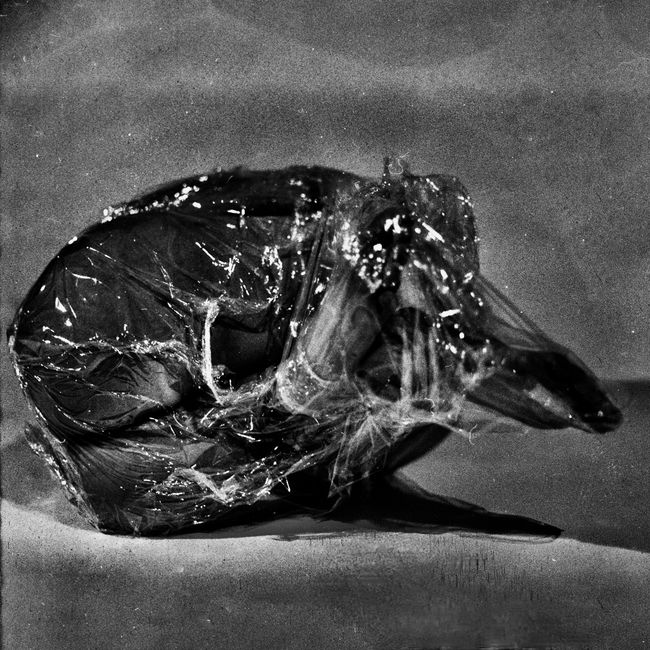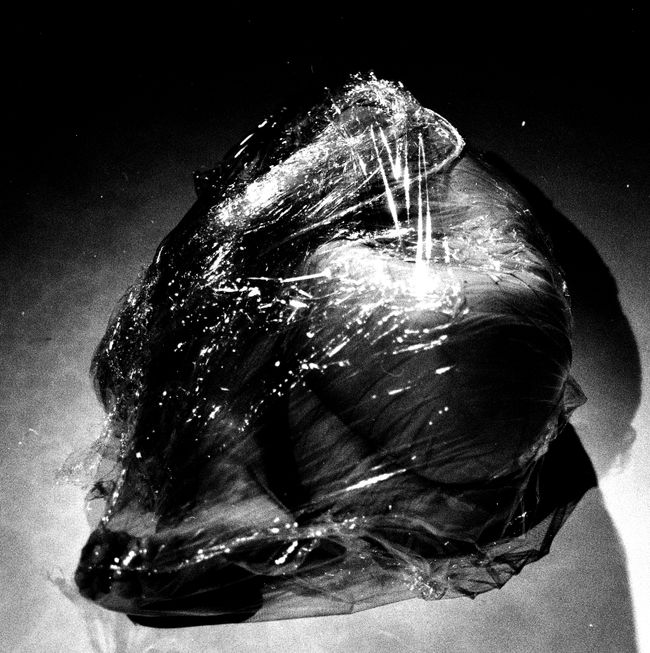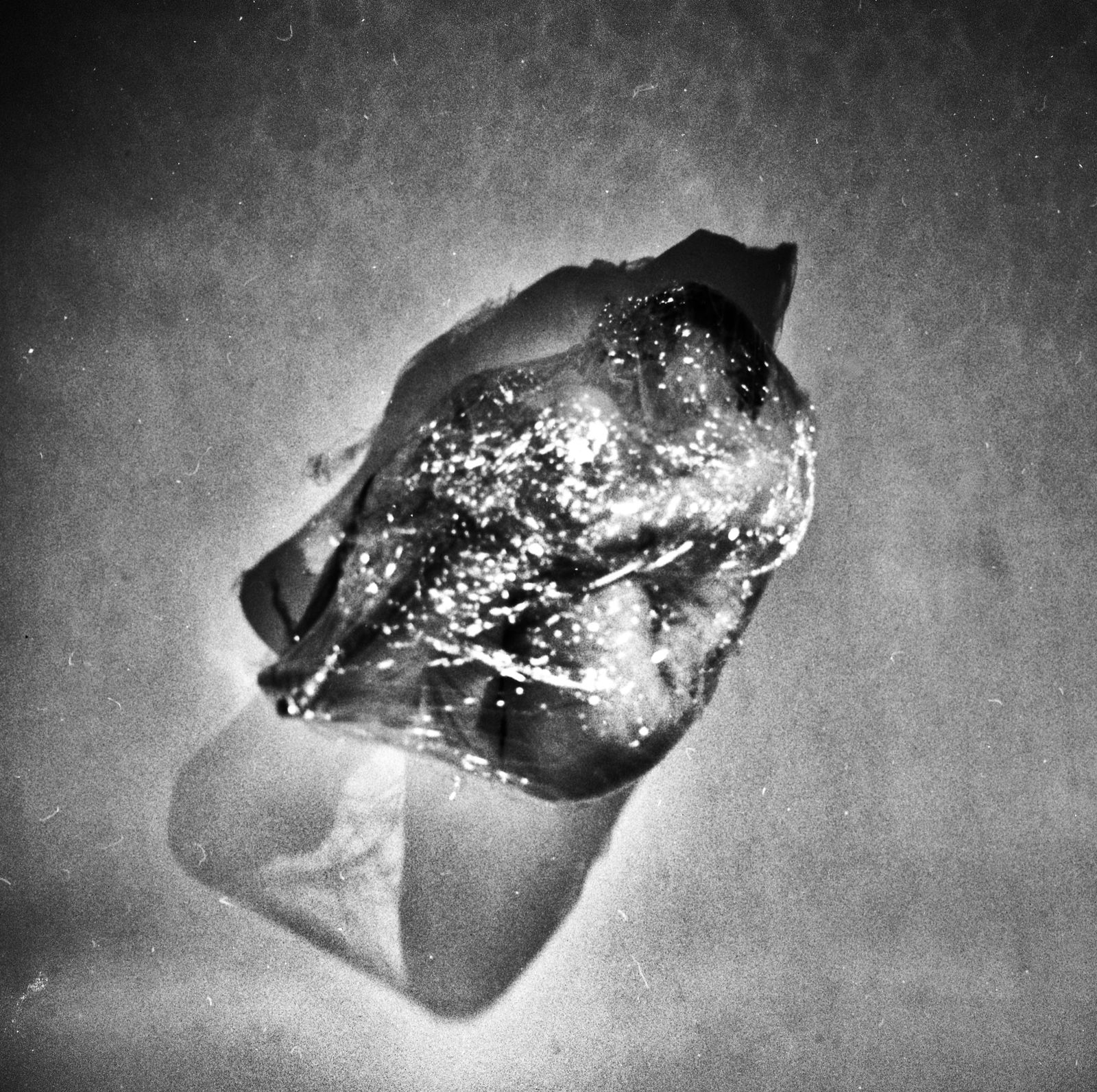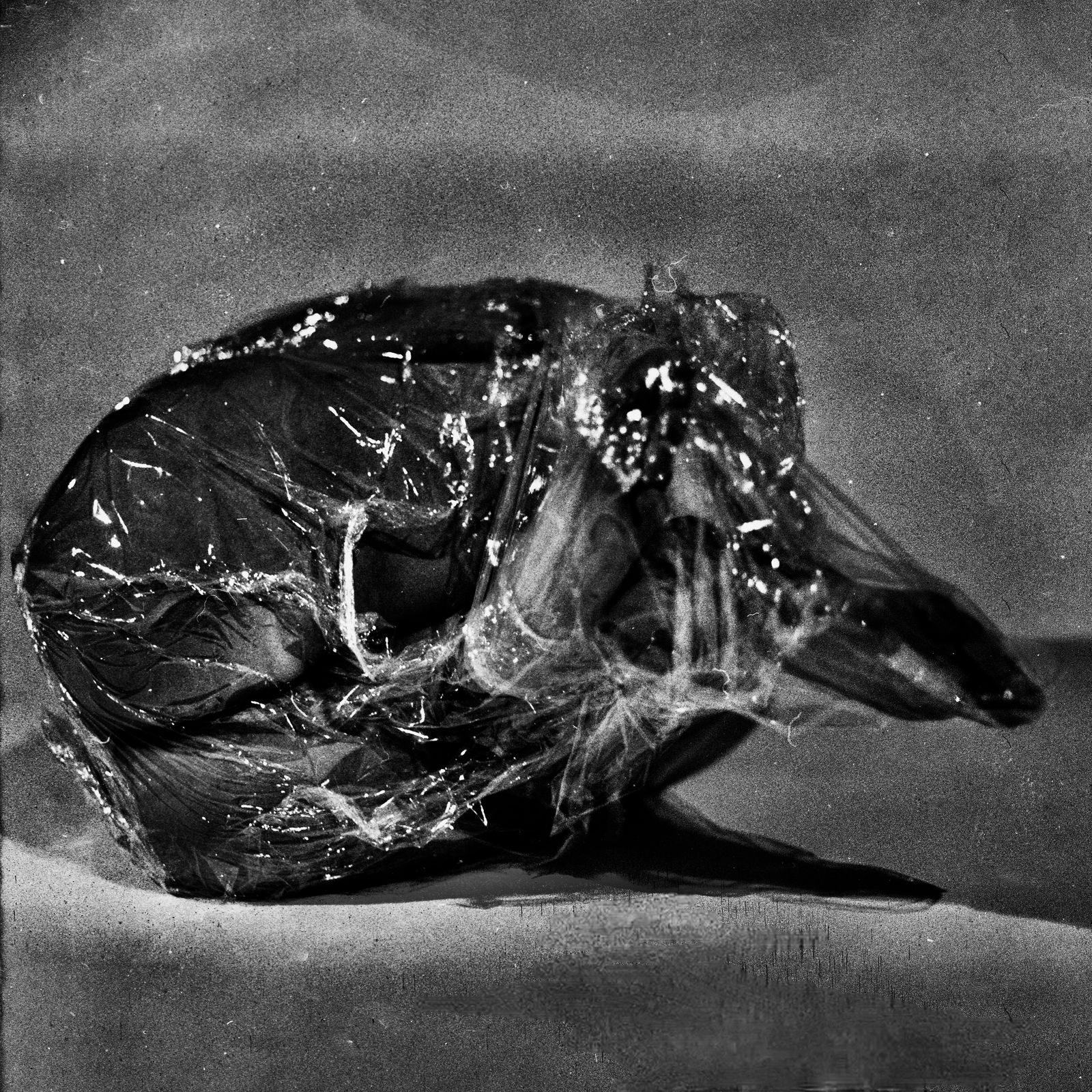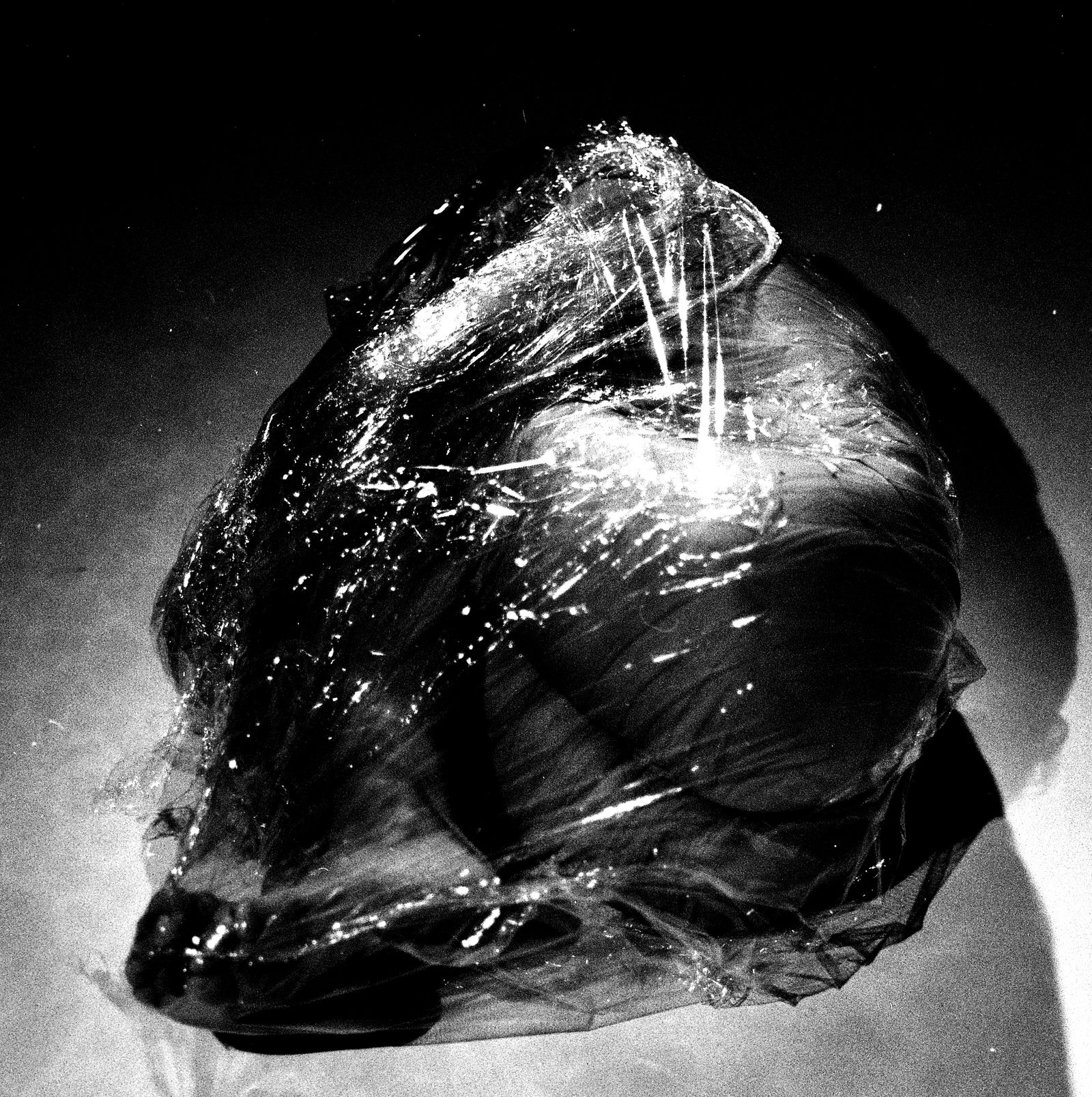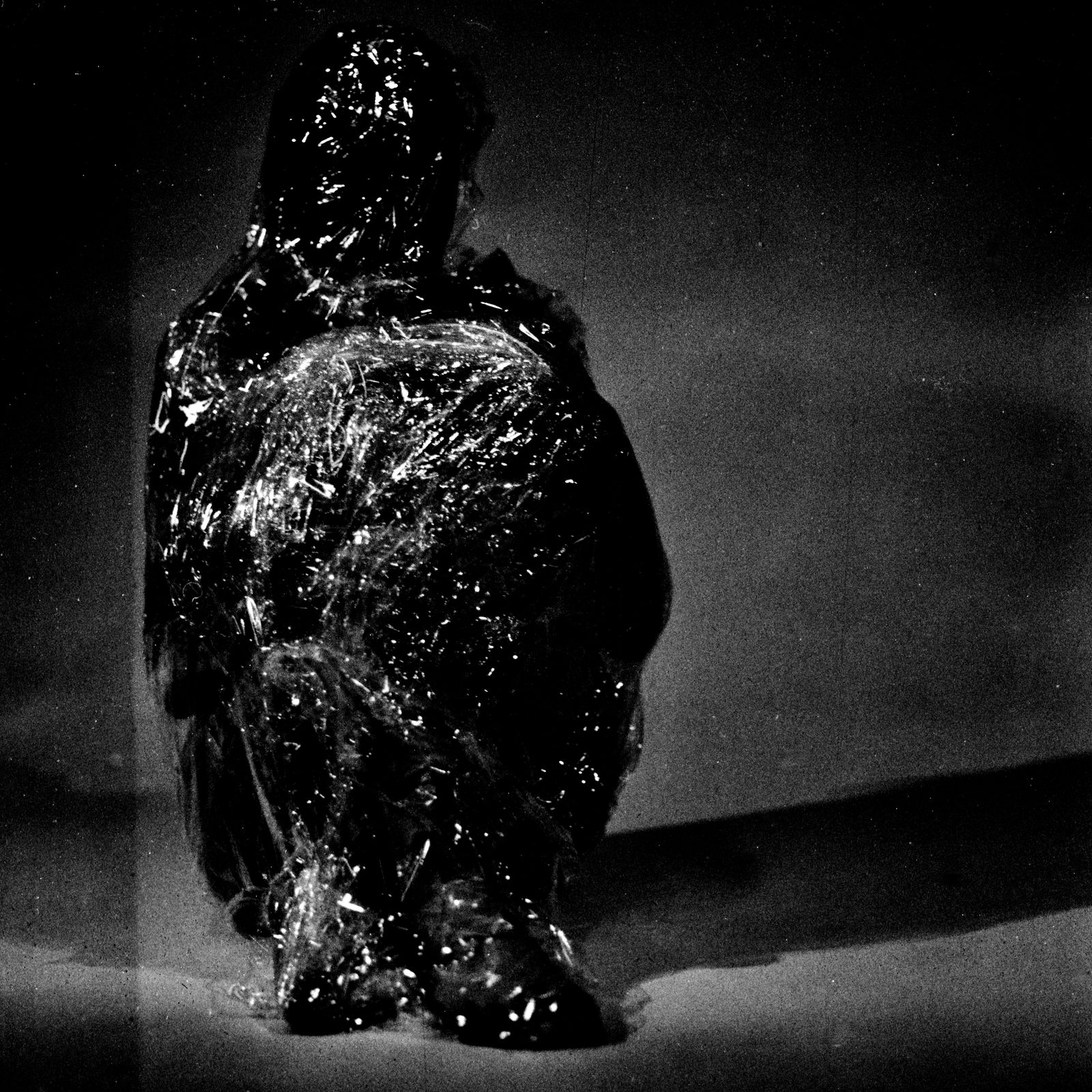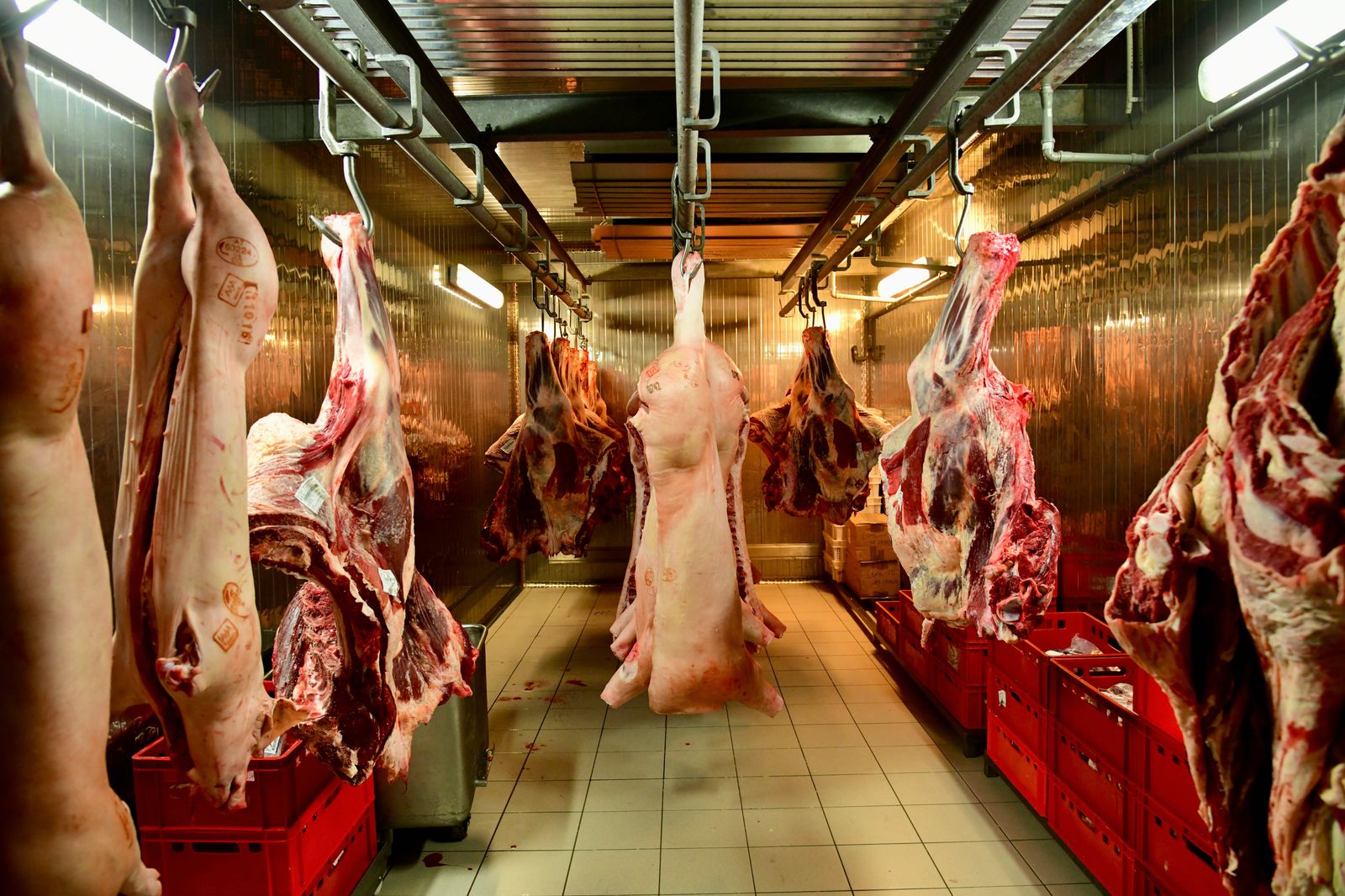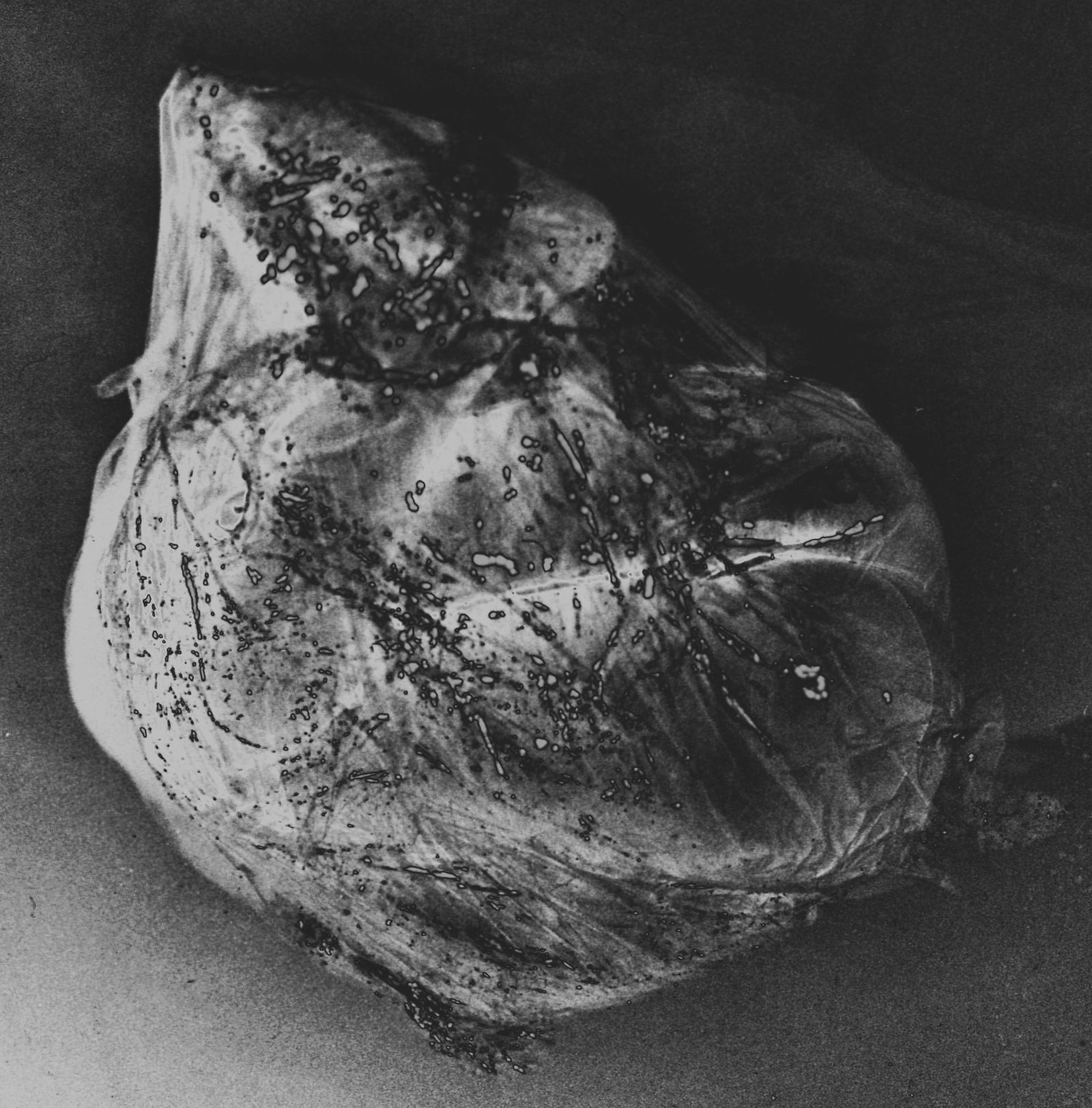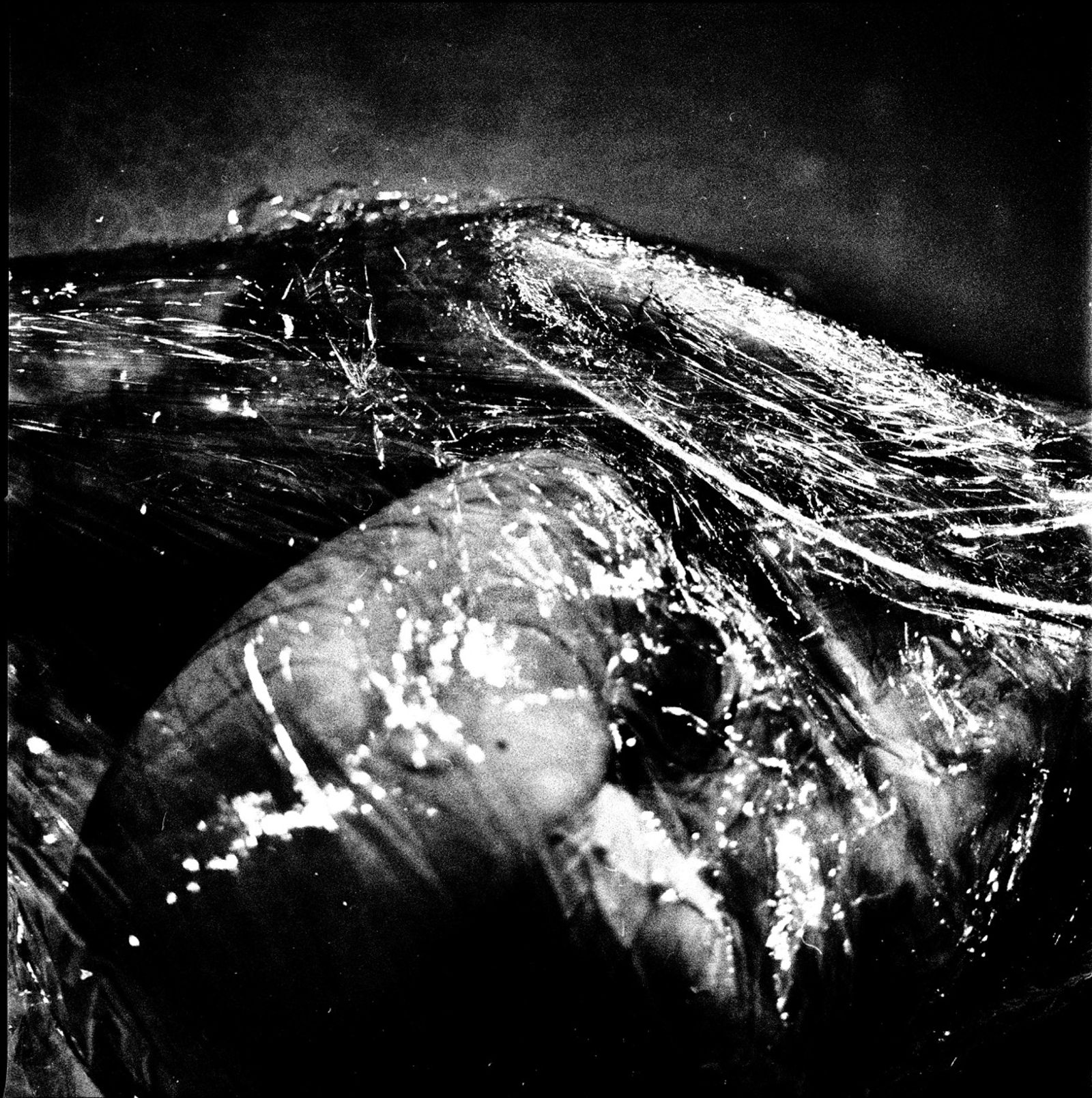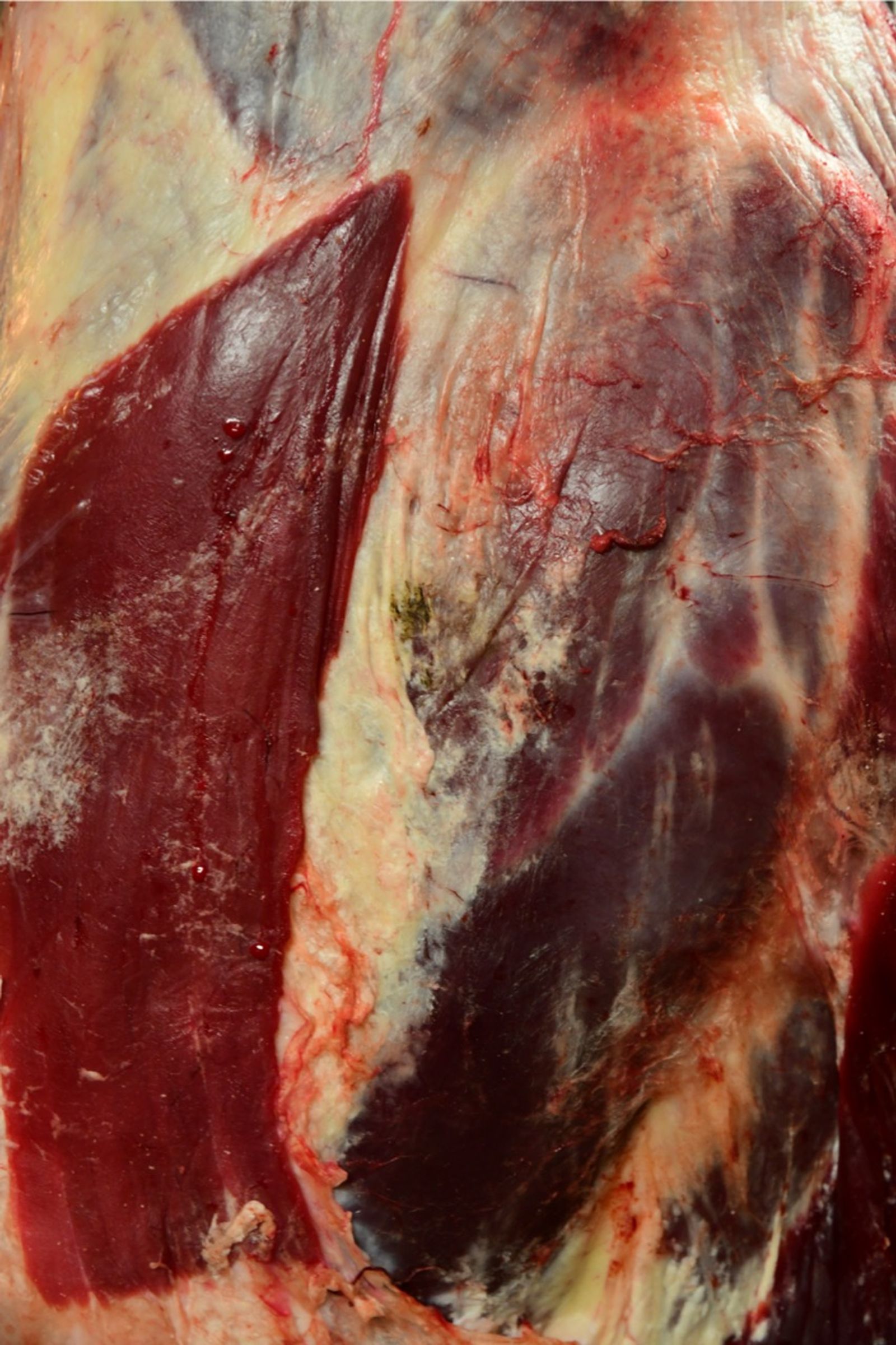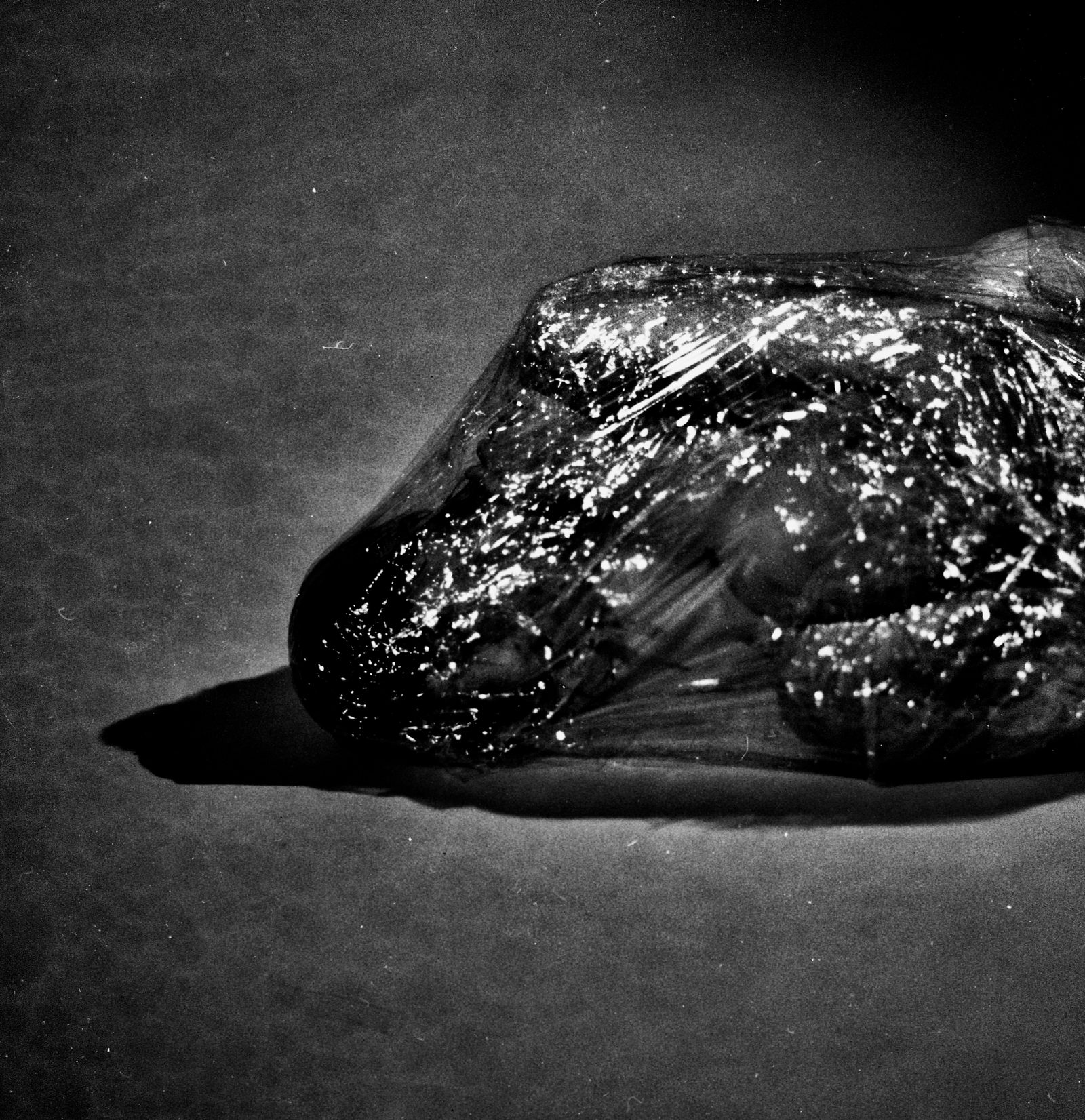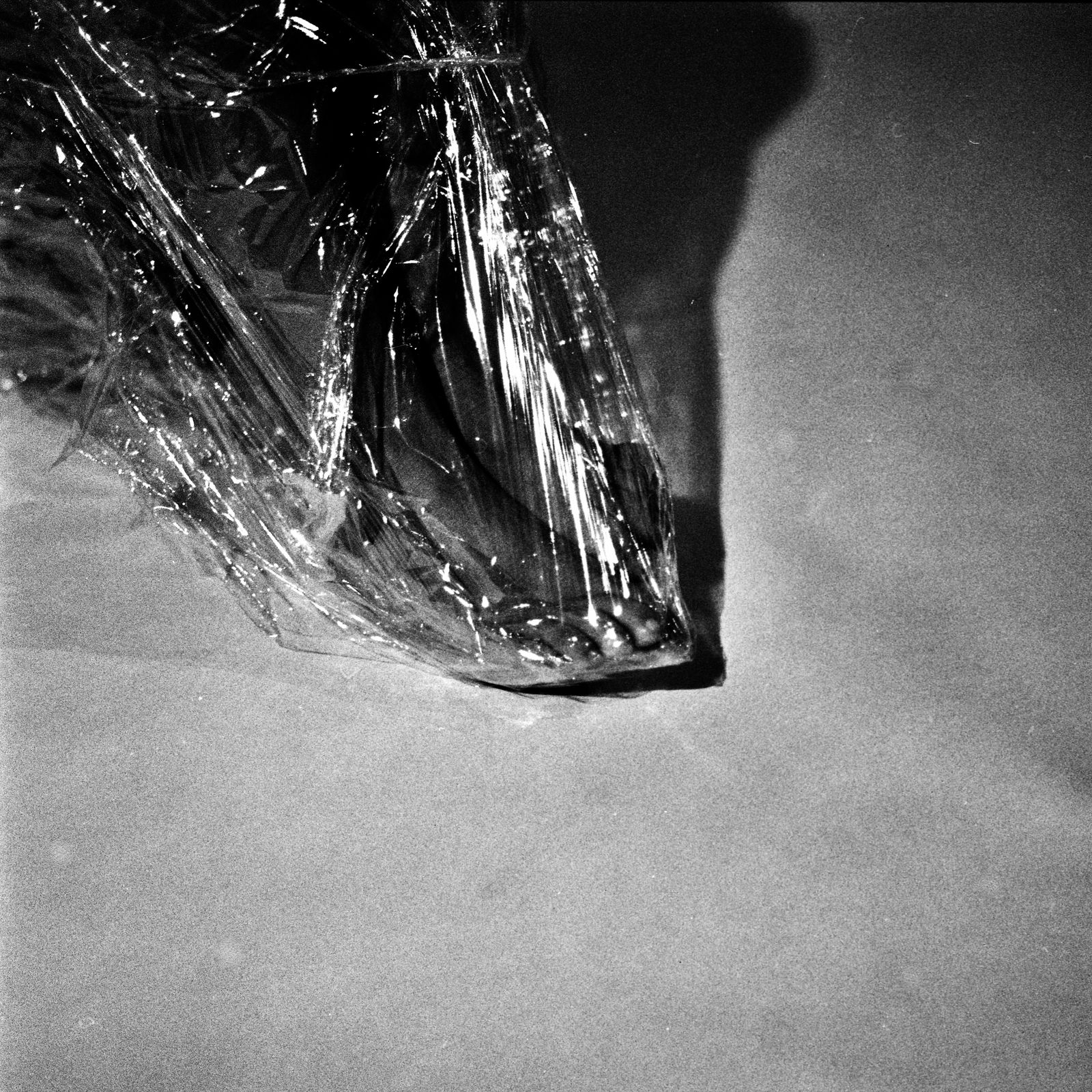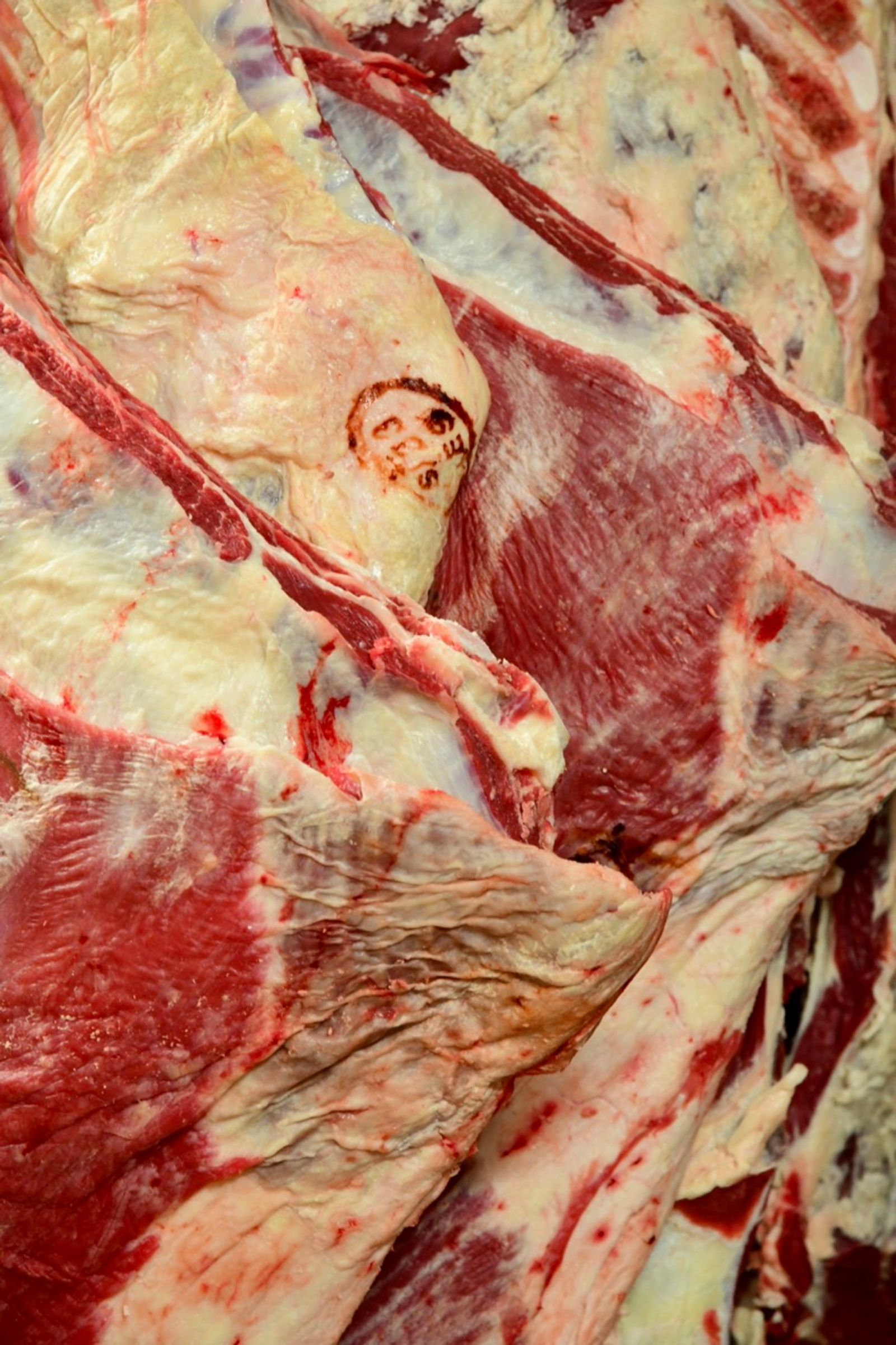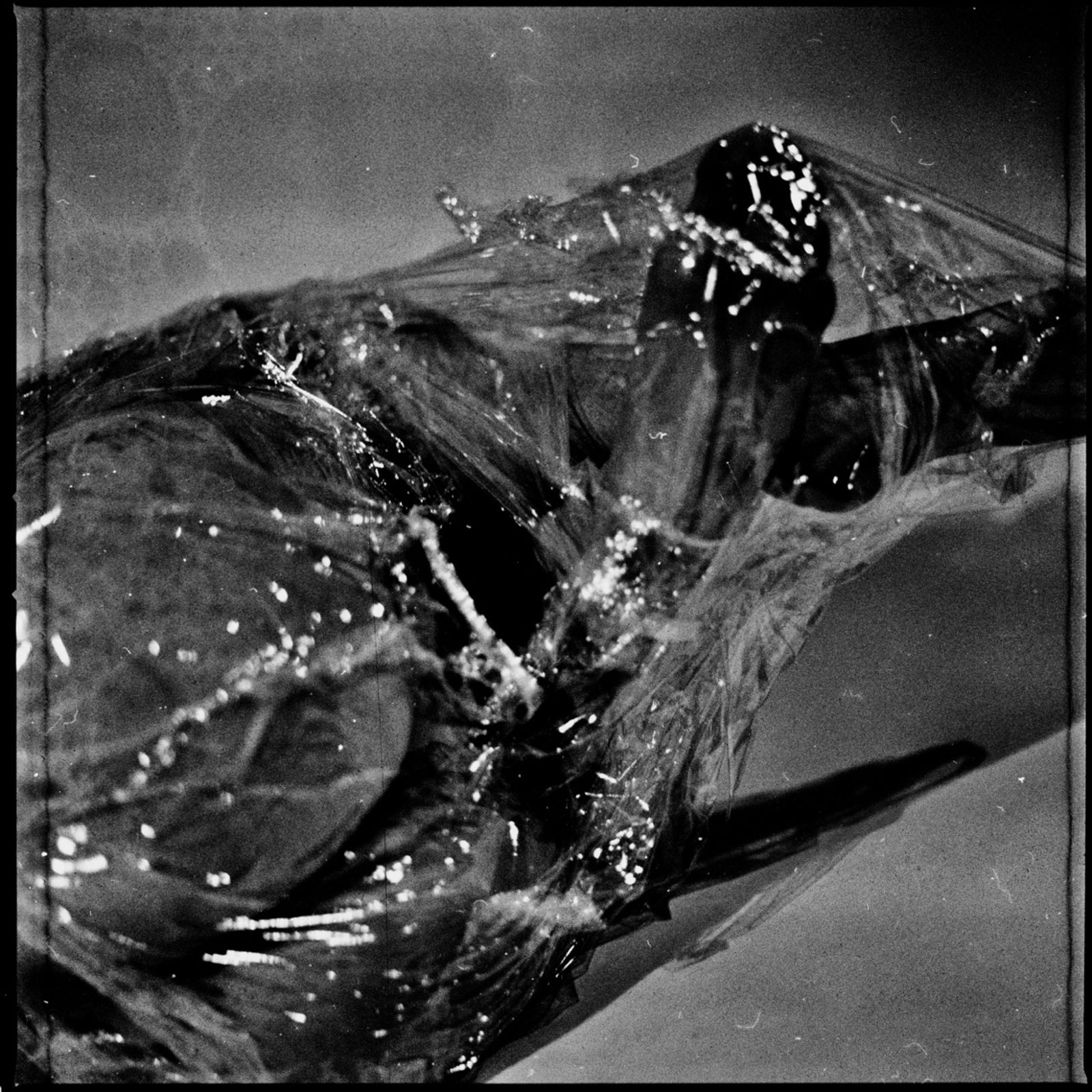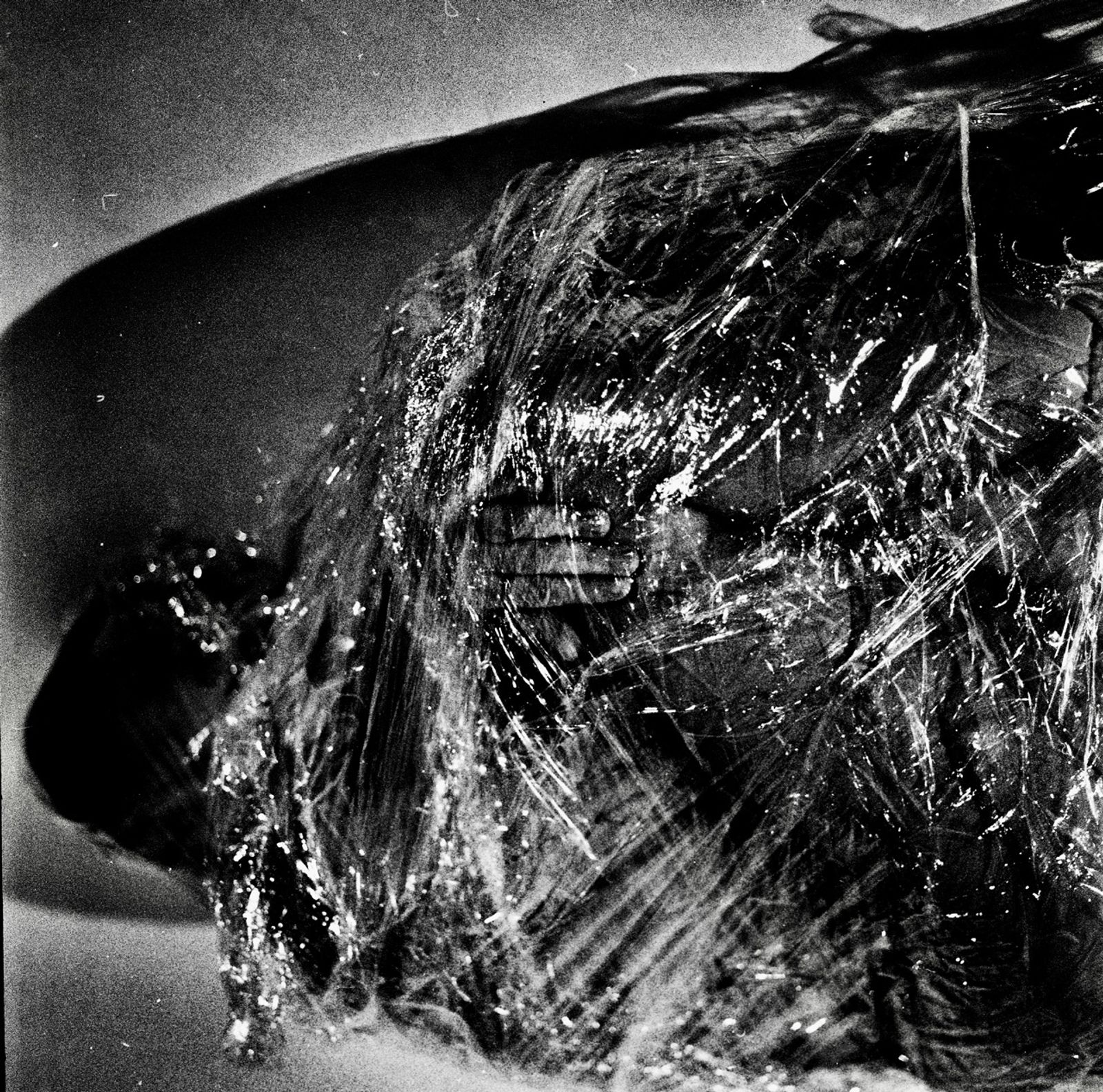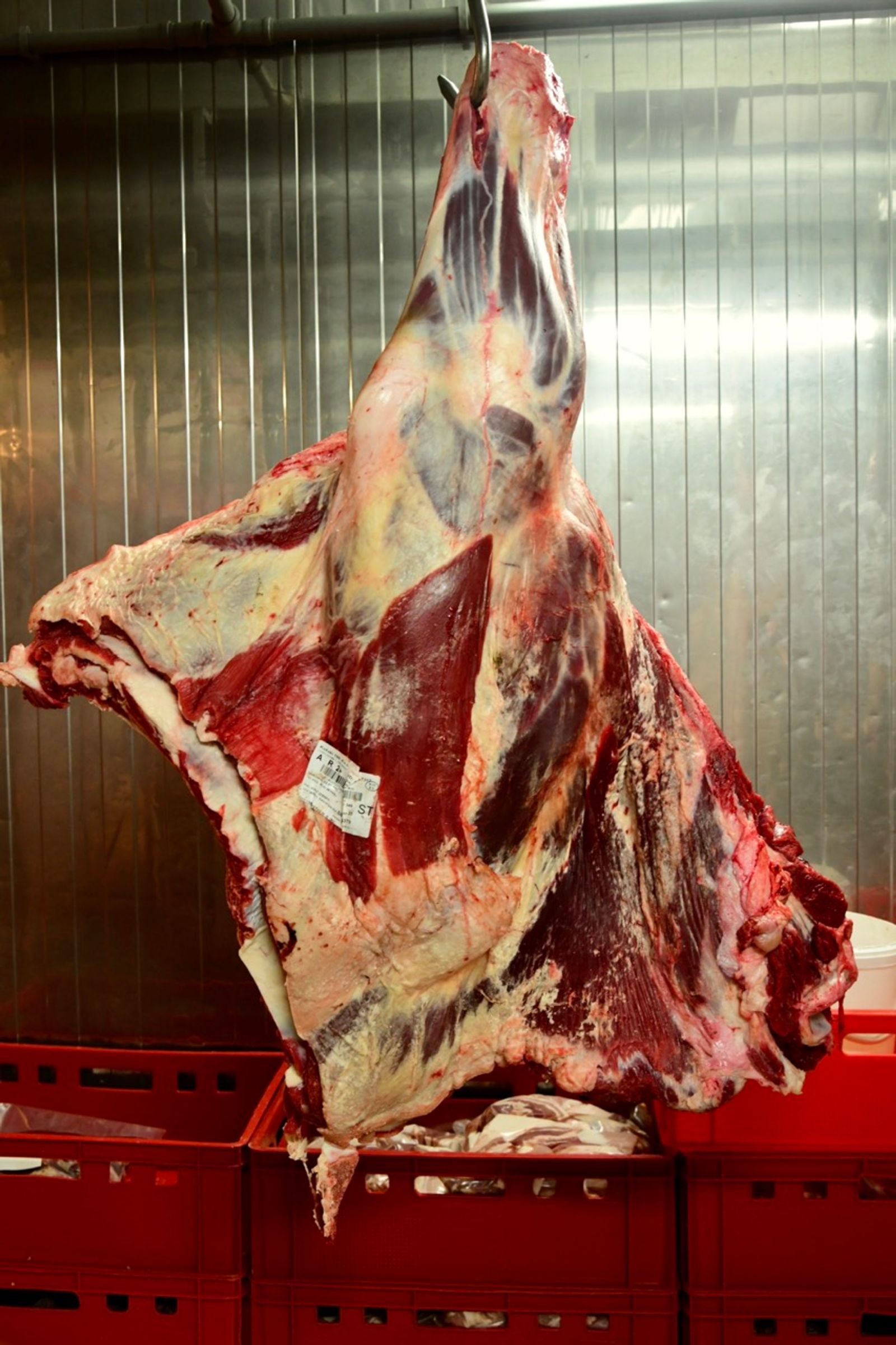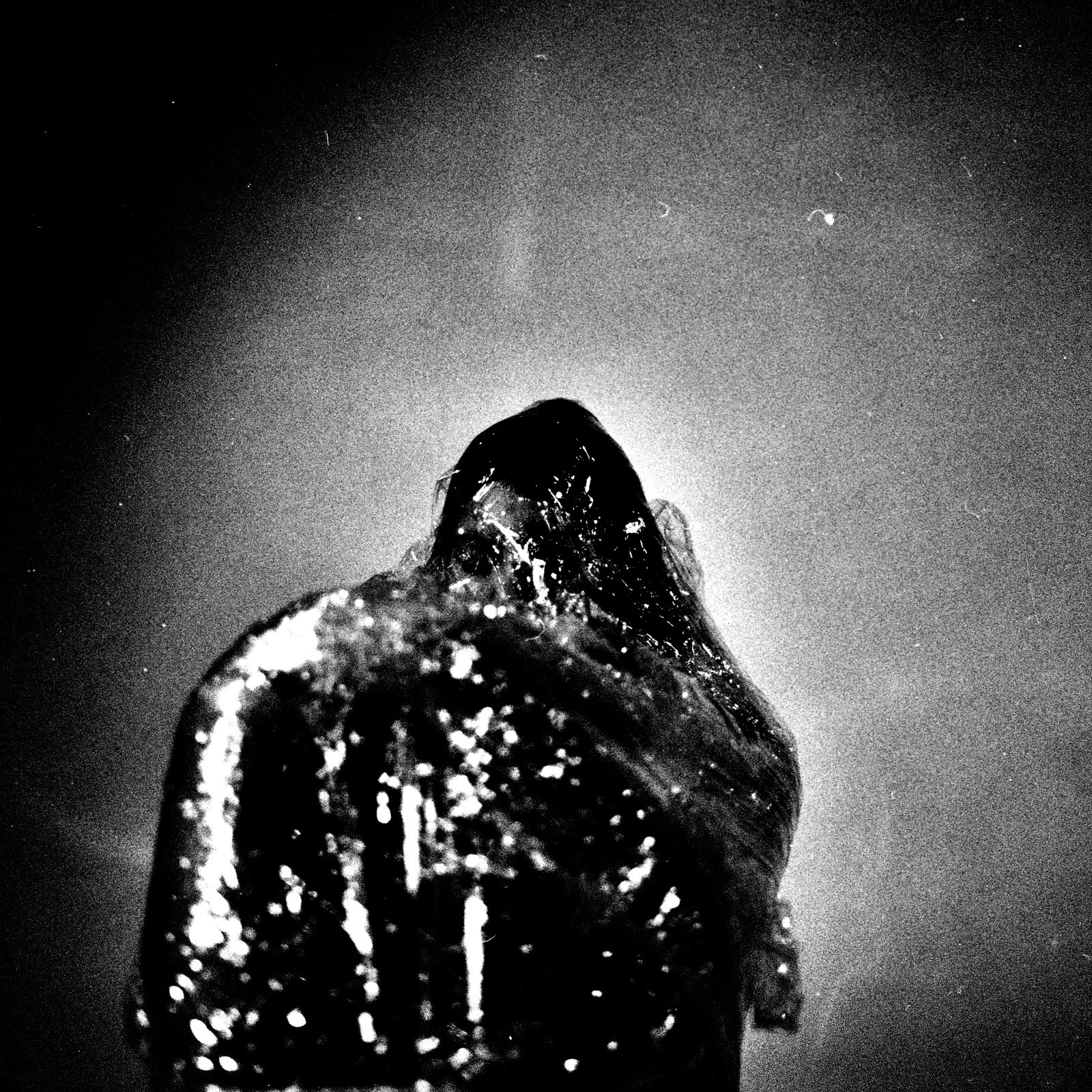MEAT
-
Dates2022 - 2024
-
Author
- Topics Contemporary Issues, Fine Art, Nature & Environment
- Location Slovenia, Slovenia
Ema Širec’s MEAT series exposes human dehumanization in late capitalism, merging photo, sound, and sculpture to blur lines between human and animal, confronting viewers with the commodified body as a political and moral object.
Progress can hardly be defined as something that brings widespread benefits and positive change. In 1729, Jonathan Swift wrote a satirical essay entitled A Modest Proposal, in which he suggested that the poor people of Ireland could solve their financial issues by selling their children for food and other products to the elite: “Those who are more thrifty (as I must confess the times require) may flay the carcass; the skin of which artificially dressed will make admirable gloves for ladies, and summer boots for fine gentlemen.” Satire often confronts us most directly with the social reality and the dehumanization society has normalized. Selling people for food may seem outrageous, but we are being sold in one way or another every day – objectified through the slow and hardly perceptible processes of encouraging constant productivity, valuation according to social relevance, and the constant effort to maintain social status. In the end, we are inevitably transformed into a product with an ascribed value and a strictly defined purpose. Satire requires comedy and mockery to define the genre, but what was read as a satirical text in the 18th century, could now – in the 21st century, be read as just another news item. While it would cause outrage, it would also be entirely believable and an expected outcome of late capitalism. Ema Širec's photographs present humans as pieces of meat ready to be sold on the neoliberal market, and the exhibition as a whole can be understood as a critique of anthropocentrism presented through a multimedia approach: video, sound, and sculpture. The artist usually tests the concept of her series in several media to follow the series’ development and their limits, and through this, she ensures a well-rounded message. The combination of the visual, the haptic and the auditory aims to go beyond bare observation, where the viewer could distance themselves simply as a voyeur of suffering and establish a moral stance that separates them from the presented issue. Touching the artworks is not forbidden, as the activation of the various senses makes passivity towards the concept and the artworks themselves impossible. An intensified atmosphere of an absurd environment is created, interpreted through photographs of a human body wrapped in foil, the sound of a dog gnawing on bones, the soft sculpture of a piece of animal flesh, and the bones themselves. The juxtaposition of animal meat products and the human body creates the blurring of boundaries between artificially created hierarchies of beings in an age where supposed human progress is accompanied by increasing levels of dehumanization. The body wrapped in foil has no identifiable characteristics. We cannot assign it a gender, an age, or a race – which further dehumanizes the human figure and allows us to project our own identity onto it. Where the motif borders on abstraction, we no longer perceive it as the human body and so we associatively recognize it as a collection of wrapped tissue – flesh that could belong to almost any biological species. In the Meat series, we can also recognize the increasingly relevant argument of Michel Foucault, who in The History of Sexuality wrote that in the modern period, the body has become a highly political object, a crucial site for the exercise and regulation of power.
Text by Sara Nuša Golob Grabner
